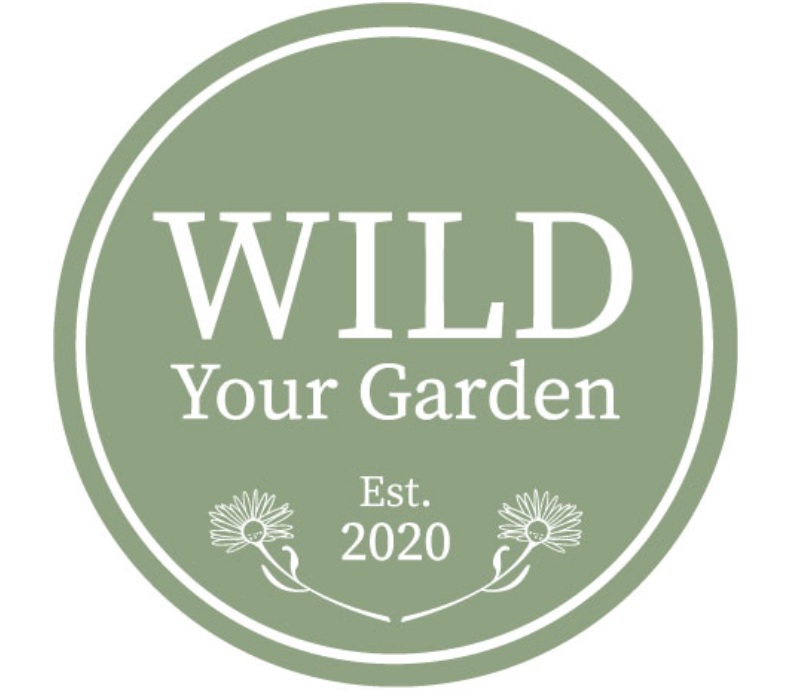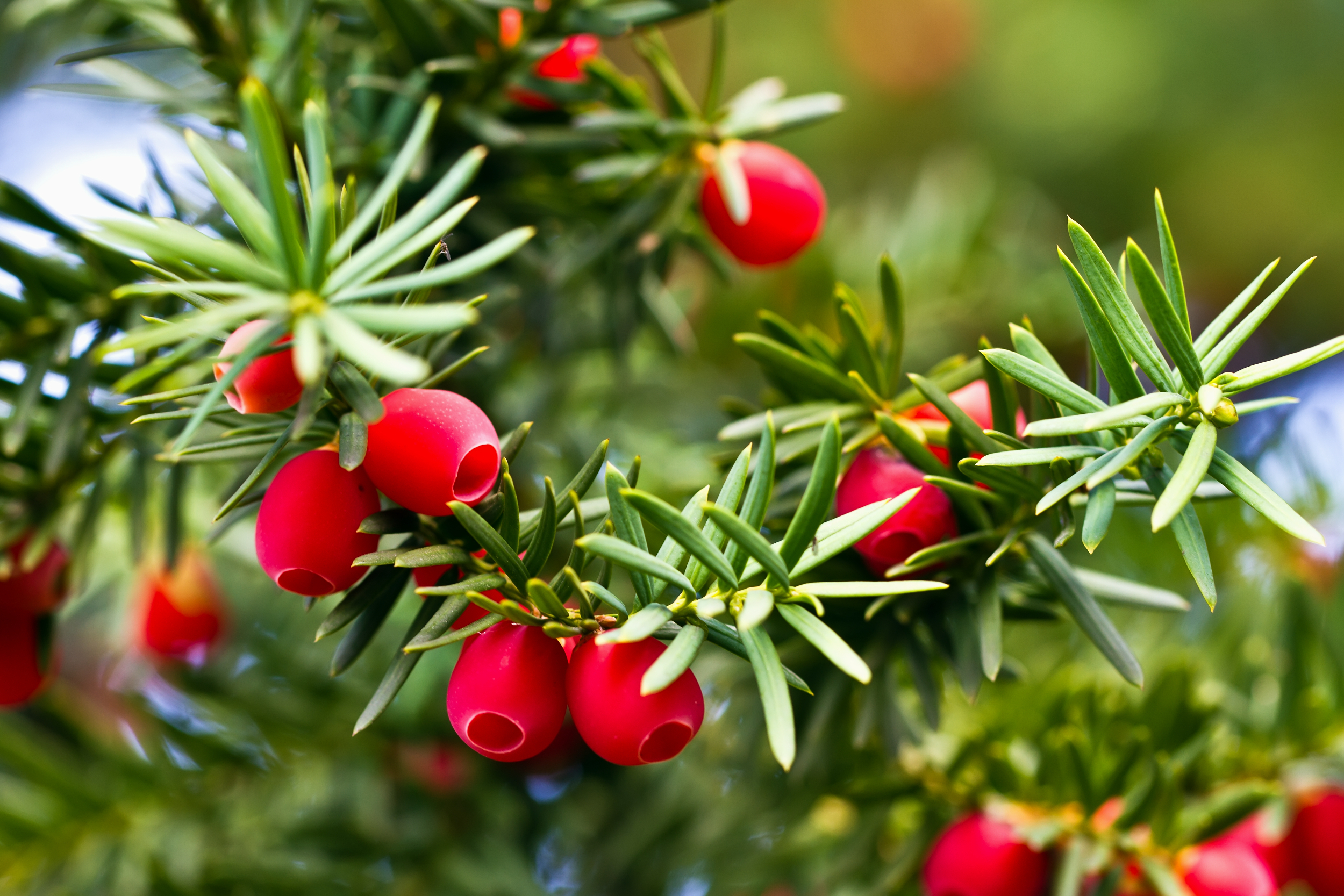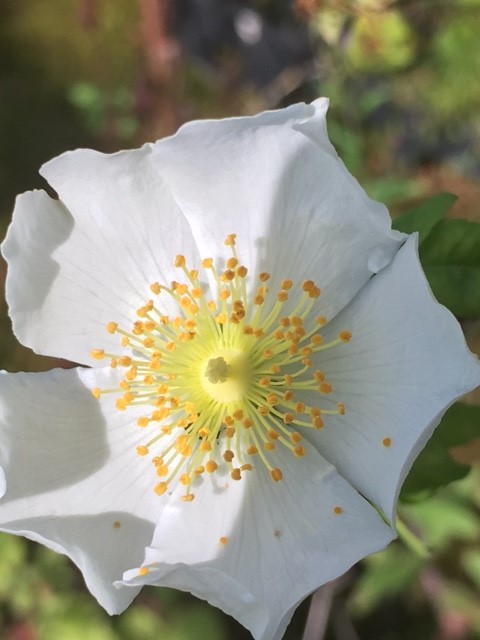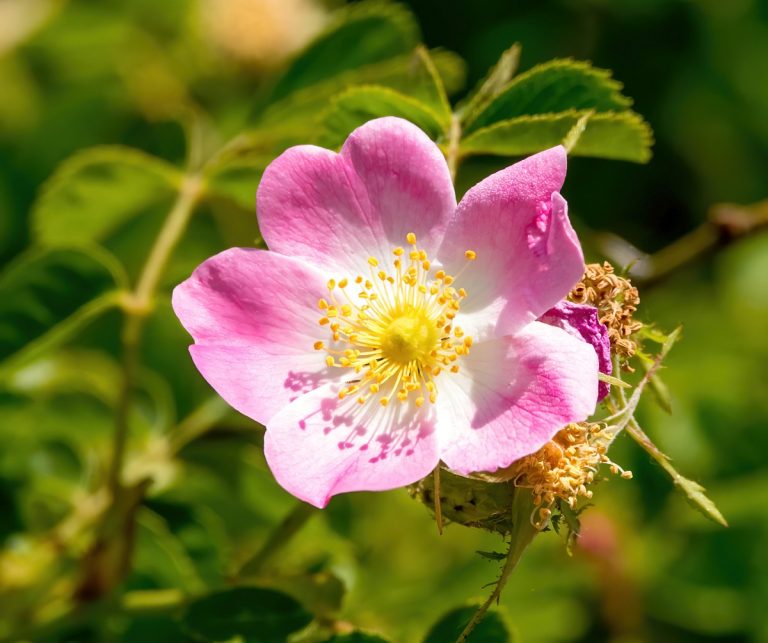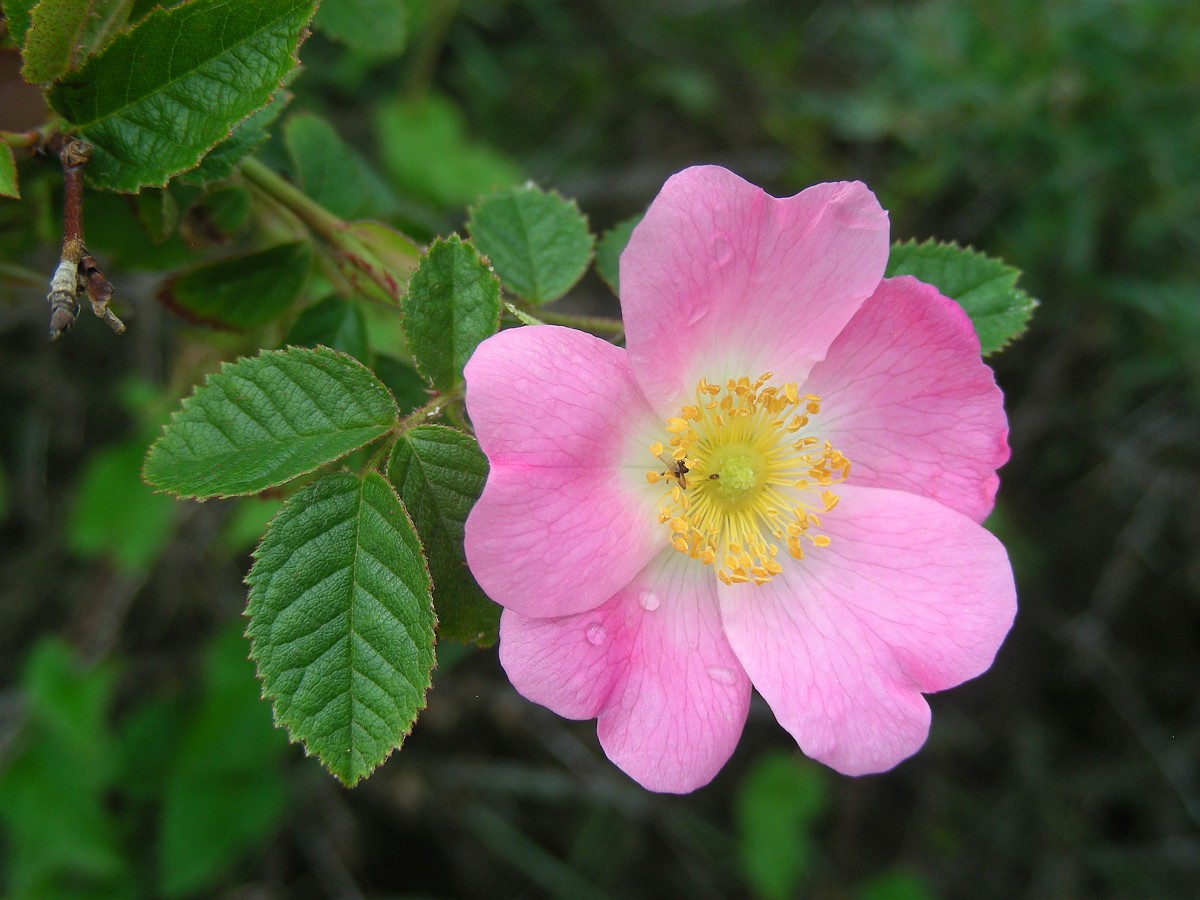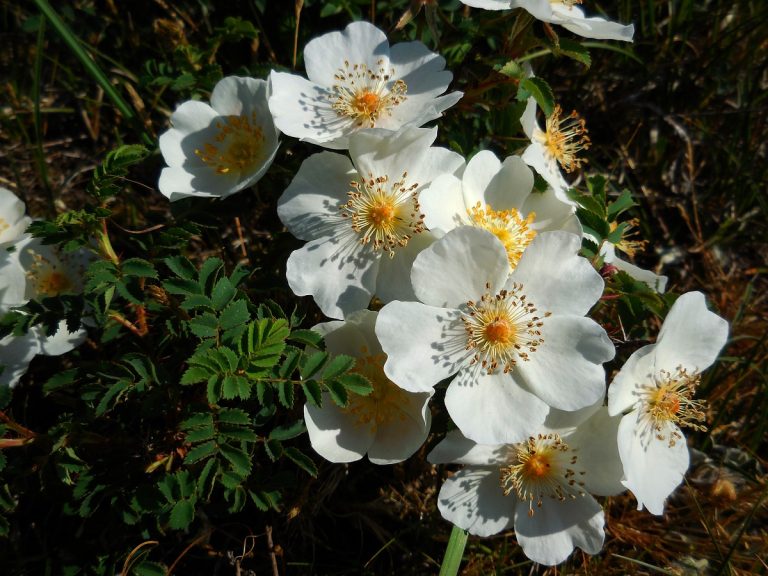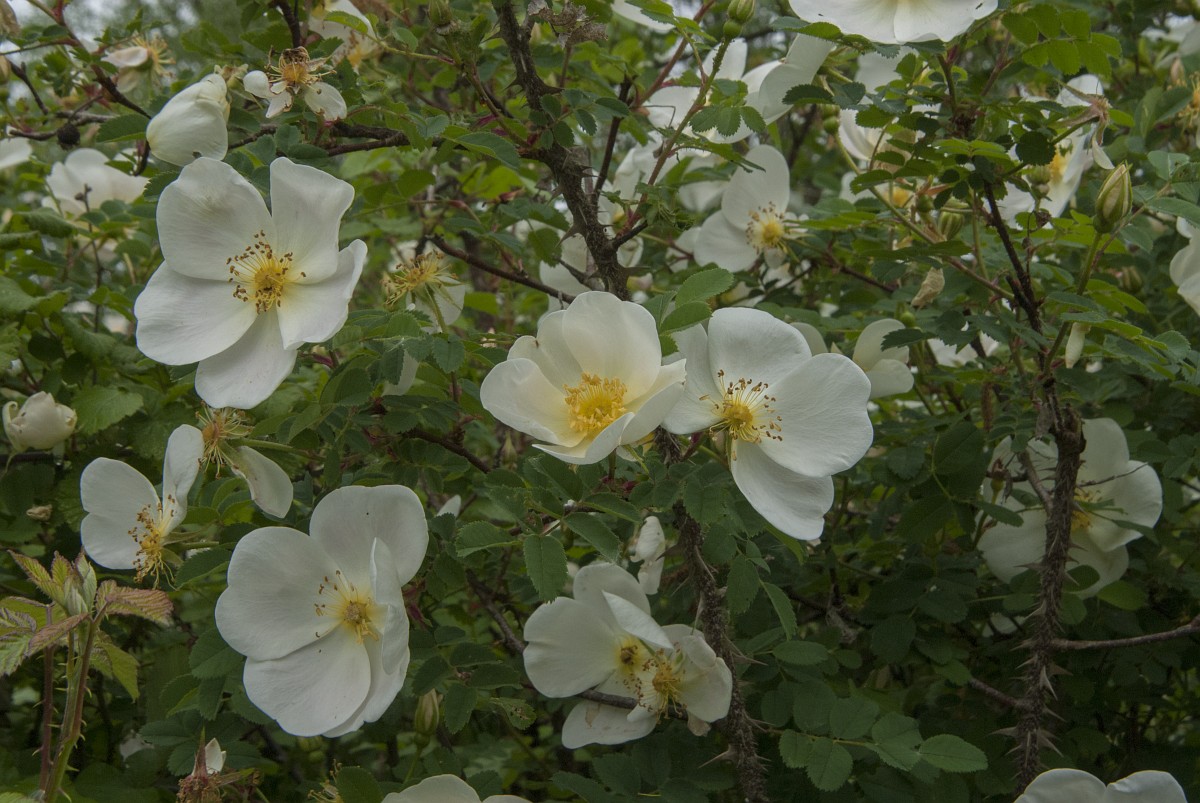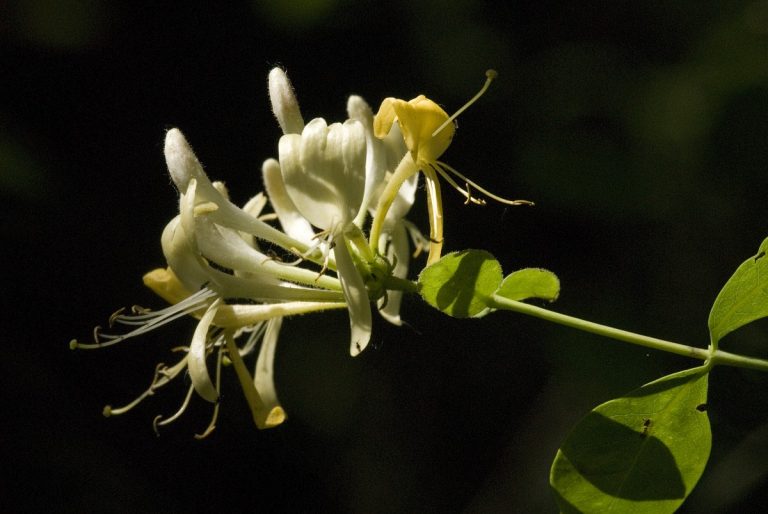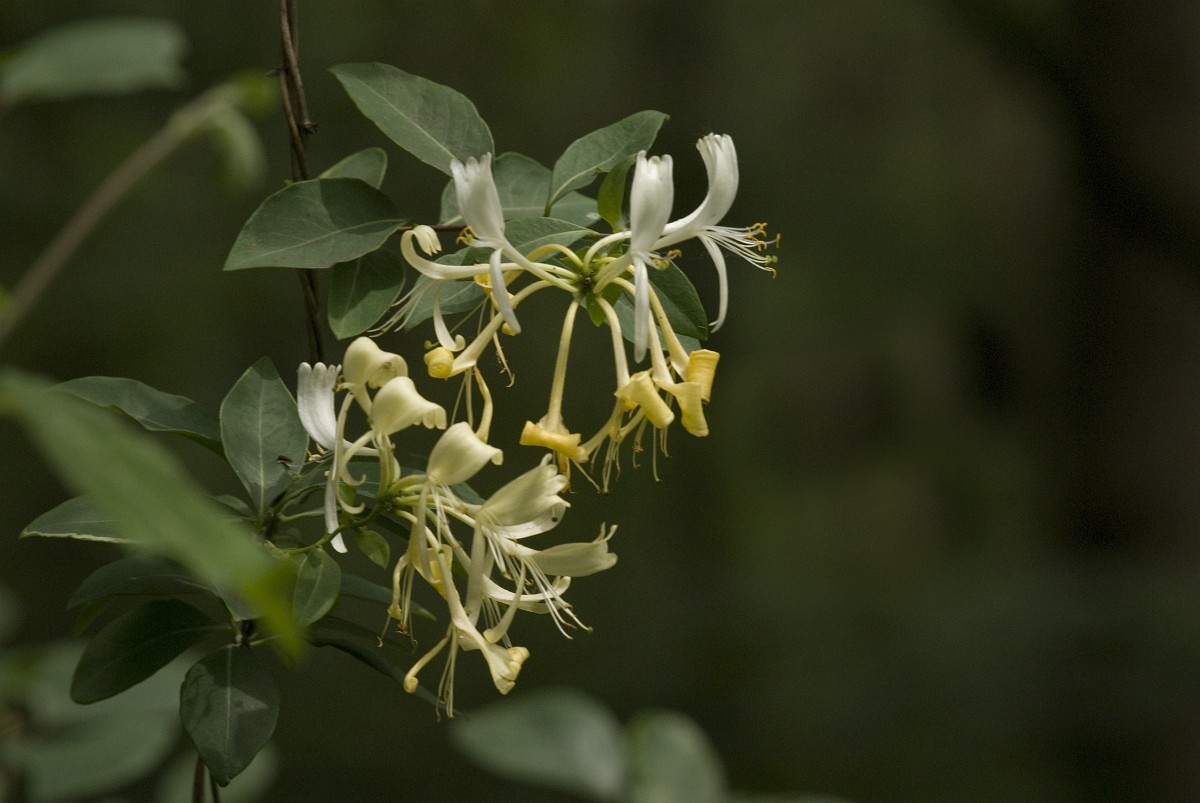Common Holly ‘Ilex aquifolium’ – 9cm Pot
£5.95
Holly is a rugged pioneer species that prefers relatively moist areas, and tolerates frost as well as summer drought. After the first frost of the season, holly fruits become soft and fall to the ground serving as important food for winter birds at a time of scarce resources. The flowers are attractive as nectar sources for insects such as bees, wasps, flies, and small butterflies.
If using as a hedge: All species in a wildlife hedge can be cut back or “Coppiced” without harm. In the 1st year after establishment the hedge can be cut back to stimulate growth of the hedge from the base thereafter cut every 2-3 years. If the weather is unsuitable for planting or receiving the hedging, dig a hole and bury the roots of the bunched plants, they can be held like that till planting. After planting it is advantageous to mulch the hedge with lawn mowing or leaf mould to suppress weeds and also be done with plastic or carpet cuts and covered with soil.
Additional information
| Eventual Height | |
|---|---|
| Soil Preference | Commonly found all over England in hedgerows, scrub and woodland environments. |
| Sun Preference |
You May Also Like
Subscribe to our mailing list
Enter your email address to sign up to our newsletter and receive a code for 5% off your first order!
Minimum spend and exclusions apply.

